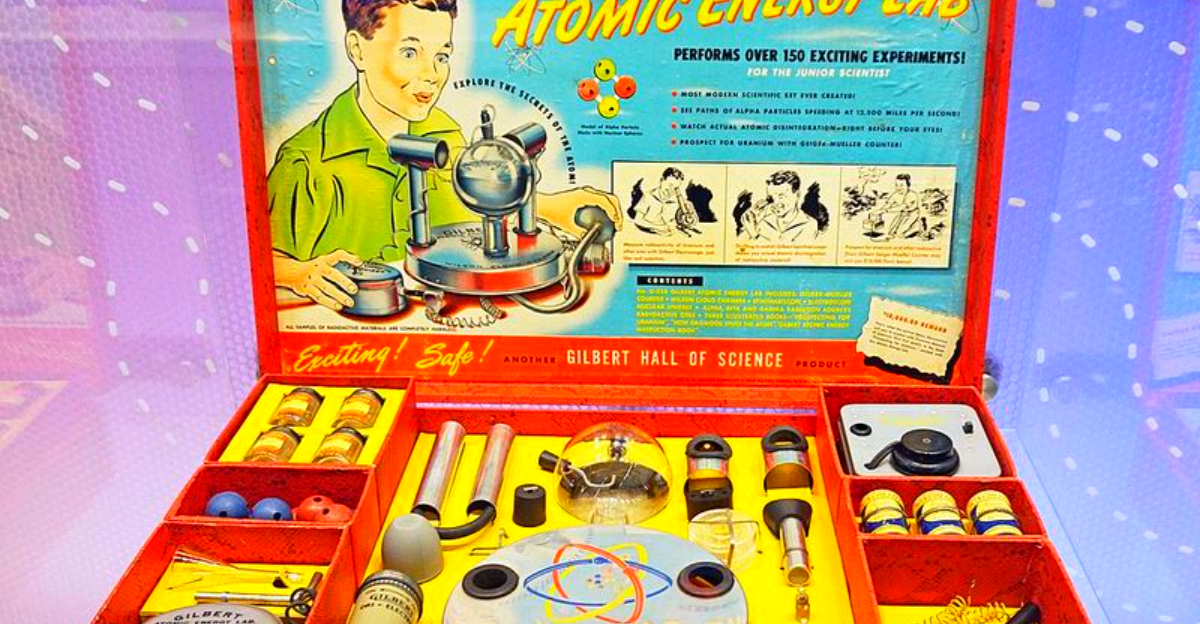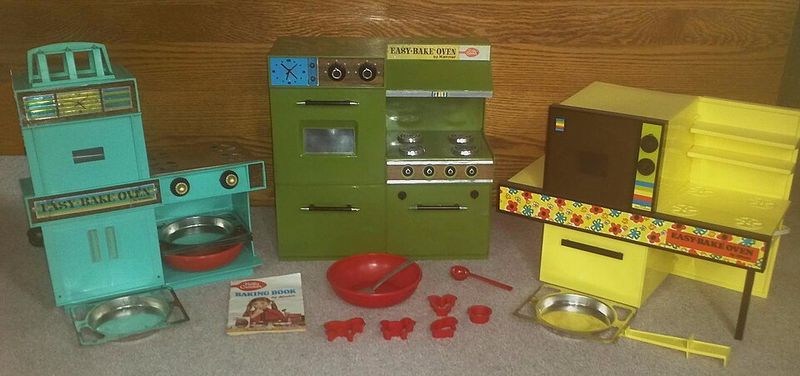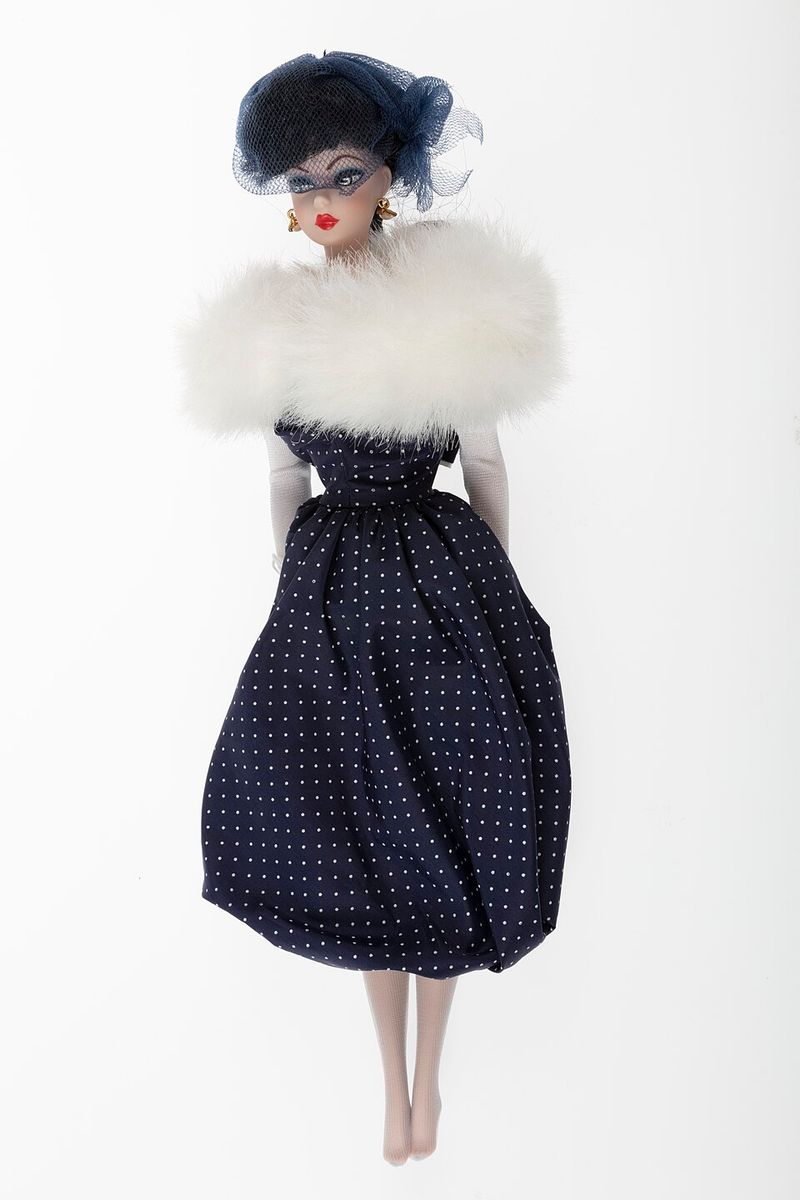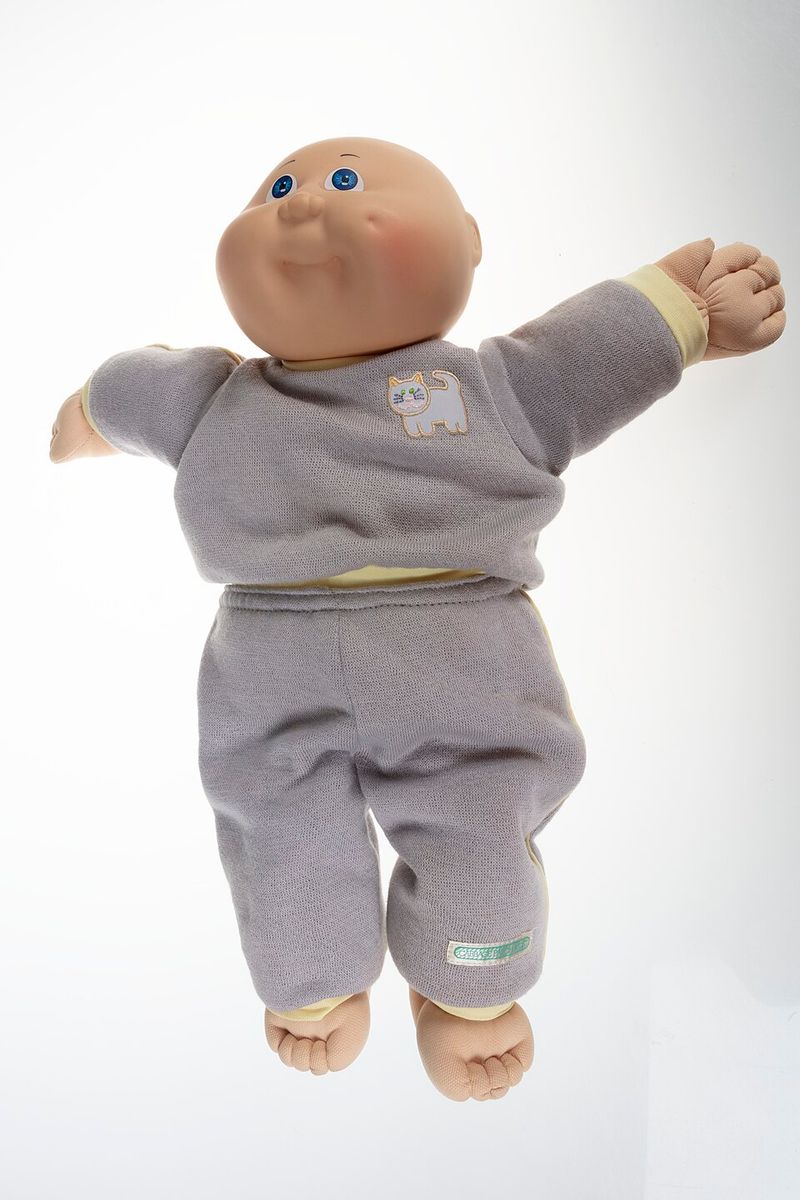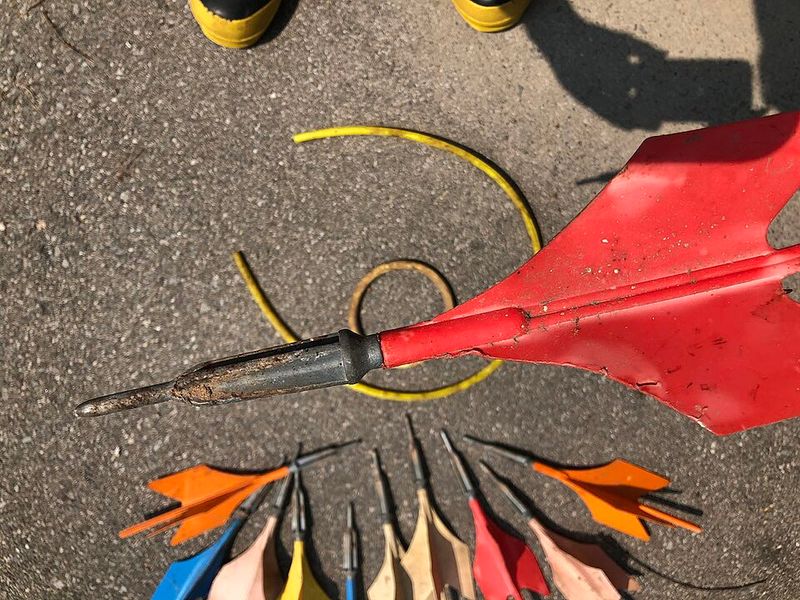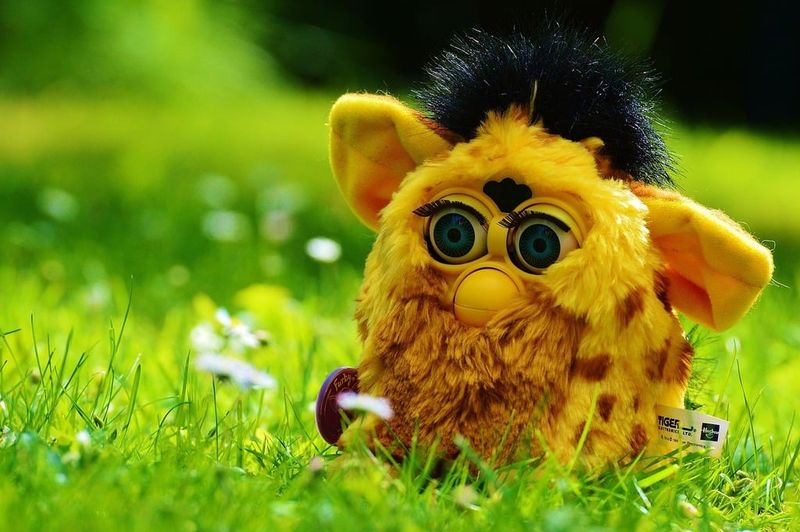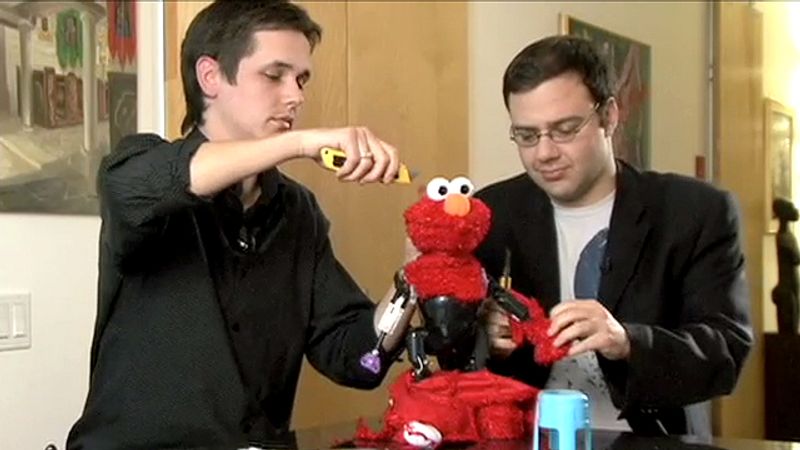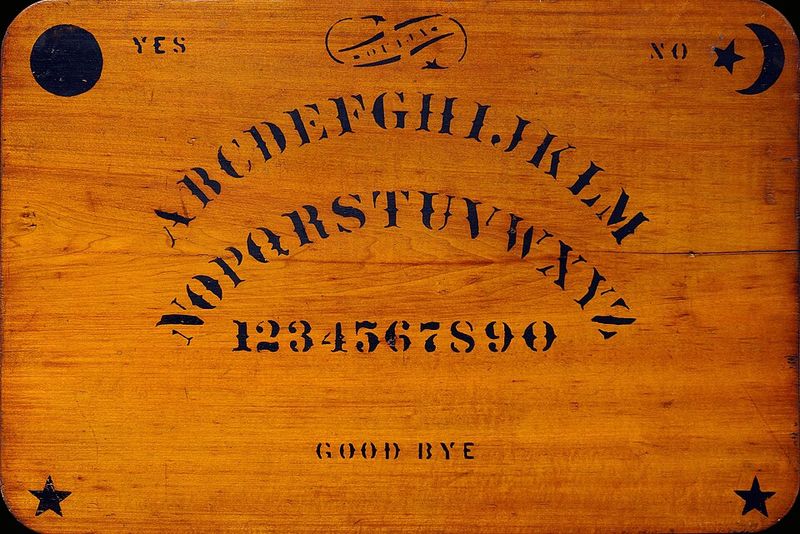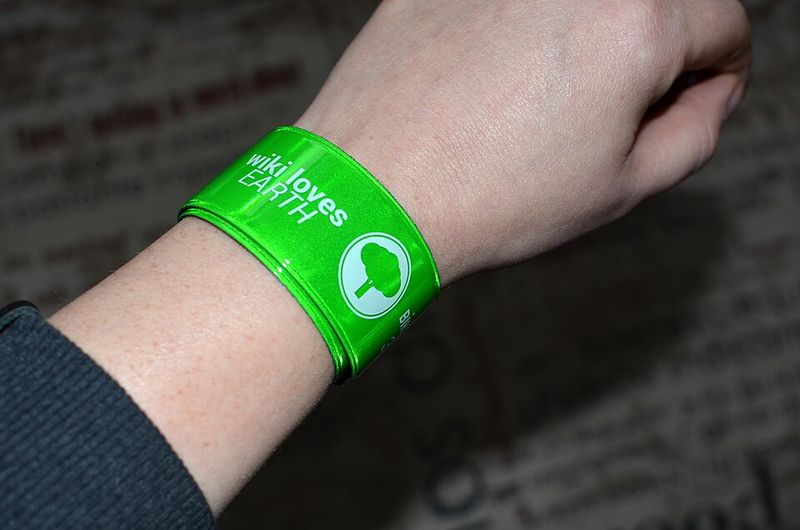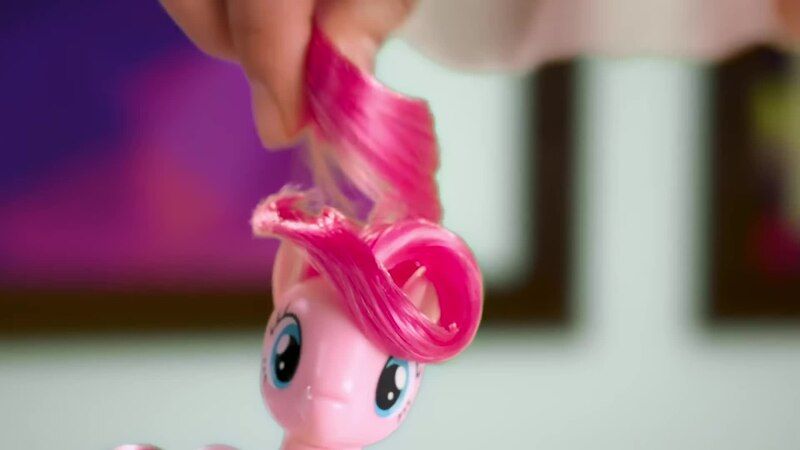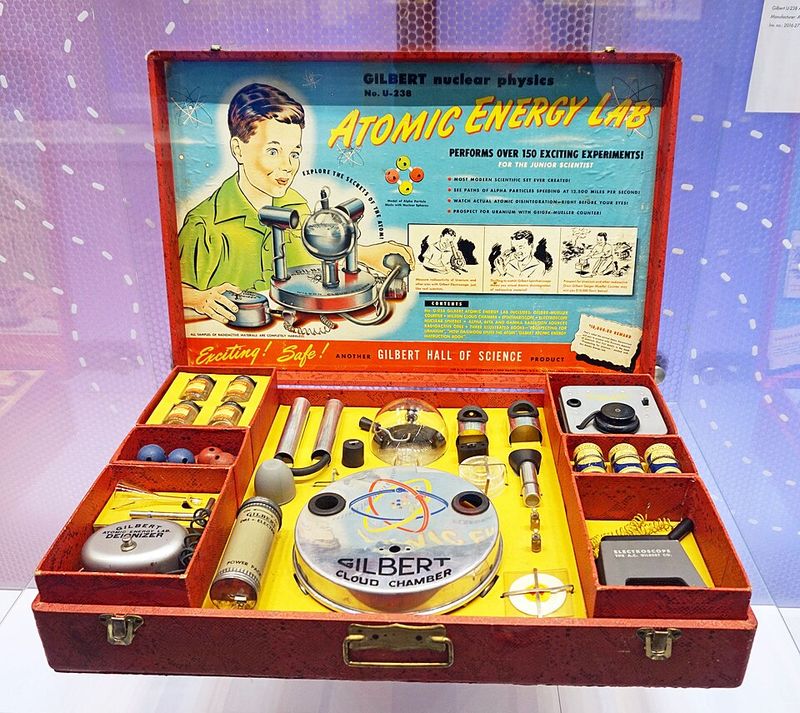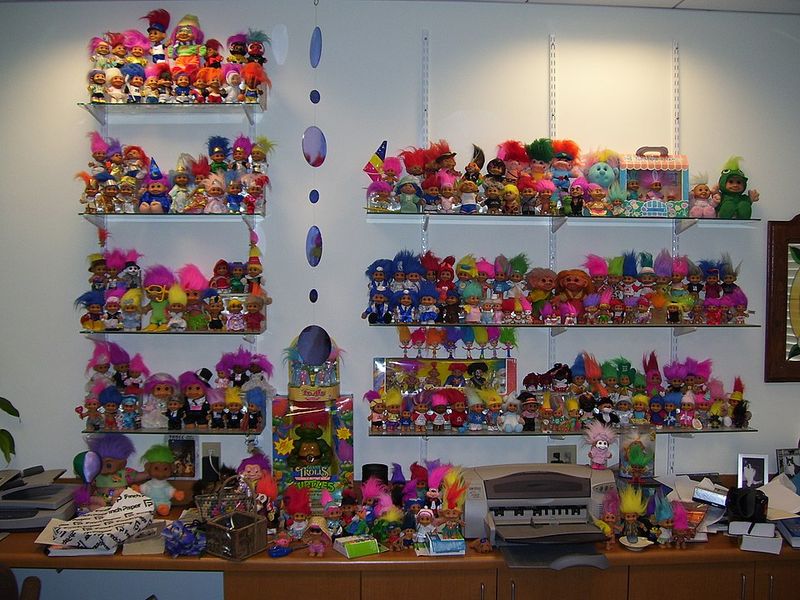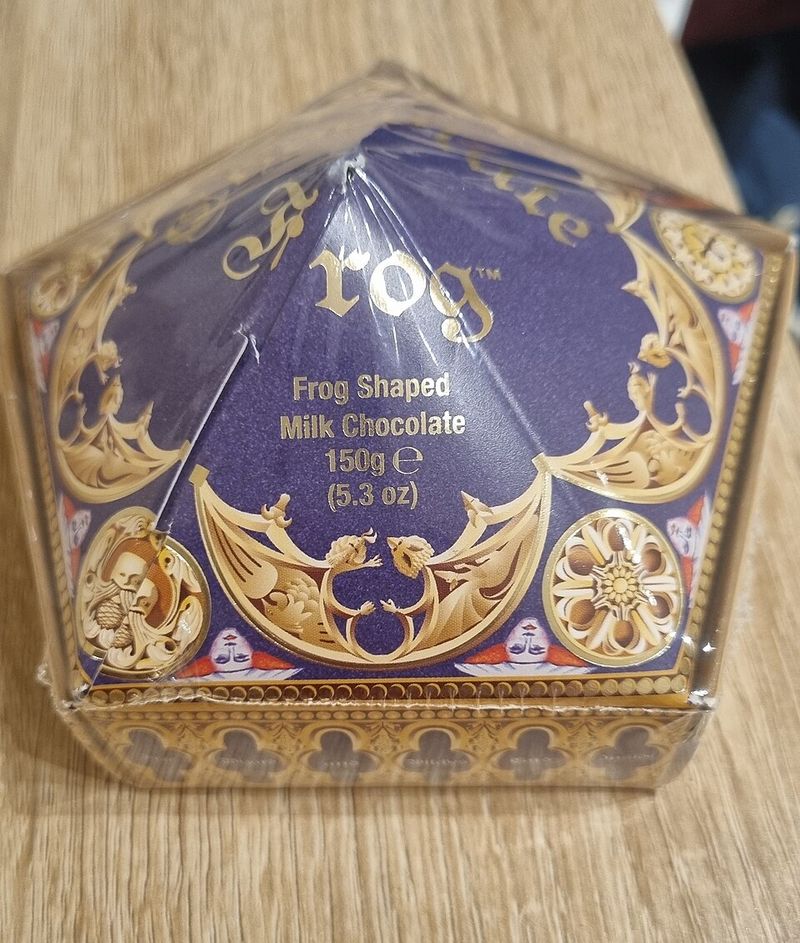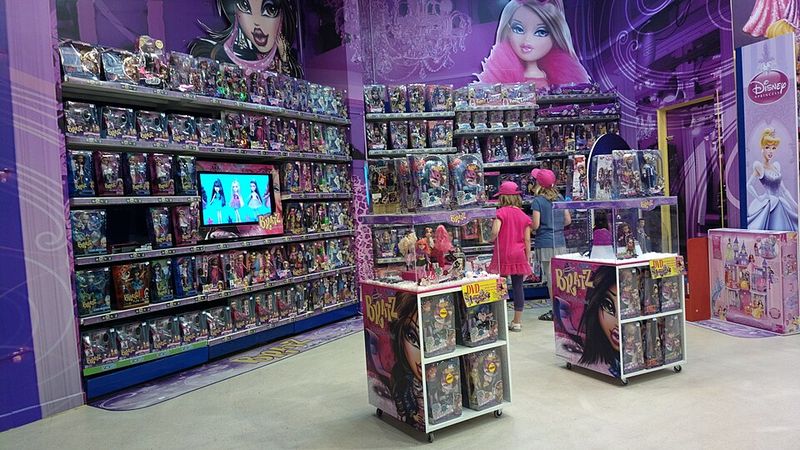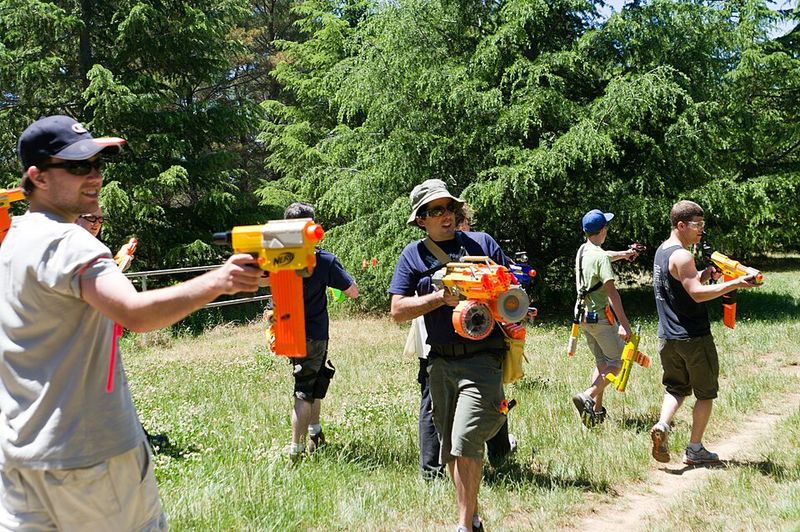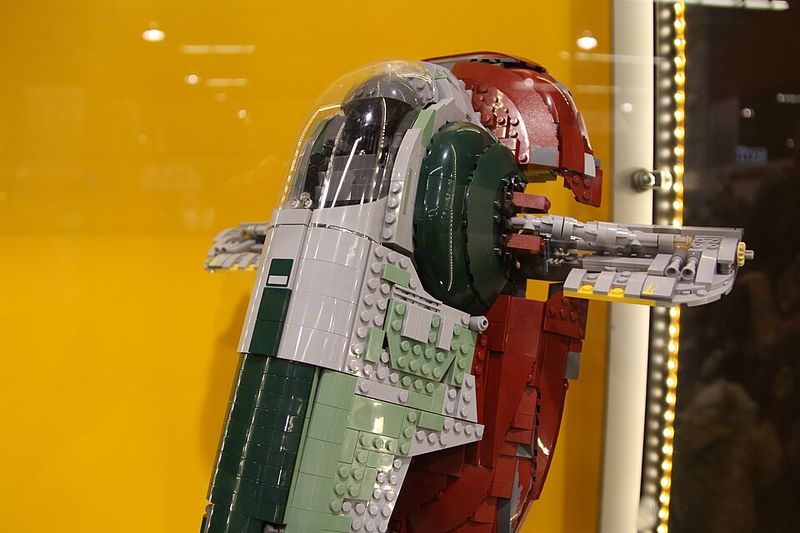Throughout history, toys have often been more than mere playthings. They have sparked debates, ignited cultural conversations, and sometimes even caused public outrage. Whether due to safety concerns, cultural stereotypes, or unexpected impacts, these toys have left a mark on society. Here are 15 popular toys that caused a stir when they first emerged.
1. Easy-Bake Oven (1963)
A miniature kitchen in a box, the Easy-Bake Oven was a dream come true for budding cooks. But not everyone was thrilled. Critics claimed it reinforced outdated gender roles, thrusting young girls into domestic spheres.
The toy became a battleground in the ongoing debates about gender equality and representation. Despite the controversy, the Easy-Bake Oven has remained a nostalgic emblem of childhood for many.
Did you know? The oven was inspired by street vendors who baked pretzels using lightbulbs. This quirky origin story adds a unique twist to its legacy.
2. Barbie (1959)
When Barbie first strutted onto the scene, she was an instant sensation. With her glamorous looks and adult figure, she captured the imaginations of children everywhere.
However, many parents were concerned. Critics argued that Barbie promoted unrealistic beauty standards and shallow materialism. These debates have persisted, making Barbie a cultural icon and a lightning rod for discussions about body image.
A fun fact: Barbie’s full name is Barbara Millicent Roberts, and she hails from the fictional town of Willows, Wisconsin.
3. Cabbage Patch Kids (1983)
Few toys have ignited as much pandemonium as Cabbage Patch Kids. These unique dolls sparked frenzies in stores, with parents battling to secure one for the holidays.
The chaos, often referred to as the “Cabbage Patch riots,” highlighted the intense consumer culture of the 1980s. News reports of injuries and scuffles became commonplace during the holiday season.
Cabbage Patch Kids remain a testament to the power of marketing and the unpredictable nature of toy crazes.
4. Lawn Darts (1950s–1988)
Known for their sharp, metal tips, lawn darts were a game of skill—and risk. Popular in many family gatherings, they soon became infamous for causing serious injuries.
The danger was evident, with thousands of accidents, some even fatal. By 1988, the U.S. Consumer Product Safety Commission banned them, marking the end of an era.
Despite their perilous reputation, lawn darts remain a cautionary tale of toy safety and regulation.
5. Furbies (1998)
These fuzzy, wide-eyed creatures were the must-have toy of 1998. With their ability to “learn” speech, Furbies were seen as technological marvels.
However, the idea of a toy potentially eavesdropping on conversations led to paranoia. Some organizations, including the NSA, banned them, fearing they might record confidential information.
Furbies became a symbol of the digital age’s complexities, sparking debates about privacy and technology in toys.
6. Tickle Me Elmo (1996)
Who could resist Elmo’s infectious laugh? Apparently, no one. The Tickle Me Elmo craze led to pandemonium in stores across the nation.
Reports of stampedes and fights among desperate parents made headlines. Critics pointed fingers at the media for fueling the frenzy through relentless coverage.
Despite the chaos, Tickle Me Elmo remains a vivid reminder of the unpredictable nature of holiday toy crazes.
7. The Ouija Board (1890s)
Marketed initially as a family parlor game, the Ouija board quickly became a source of controversy. Religious groups denounced it as a tool for summoning spirits.
These accusations transformed the board from a simple game into a cultural phenomenon with a mysterious allure. Its legacy continues as a staple in horror films and ghost stories.
Did you know? The Ouija board was named by combining the French and German words for “yes”: “oui” and “ja.”
8. Slap Bracelets (1990s)
Appearing in vibrant colors and patterns, slap bracelets were a schoolyard sensation. But they weren’t just fun; they were also dangerous.
As children slapped them onto their wrists, the metal beneath the fabric occasionally broke through, causing injuries. Schools soon banned them, branding them as hazardous distractions.
Slap bracelets serve as a reminder of the unexpected risks that can accompany seemingly innocent trends.
9. My Little Pony (1980s)
Adored by children, My Little Pony became an icon of 1980s toy culture. But not without criticism. Parents worried about its materialistic “collect them all” messaging.
The franchise also faced backlash for reinforcing gender norms with its all-girl marketing. Ironically, it later gained a diverse fan base, including adult men, known as “Bronies.”
My Little Pony illustrates how cultural perceptions can shift over time, transforming controversy into community.
10. Gilbert U-238 Atomic Energy Lab (1950–51)
An atomic age relic, the Gilbert U-238 Atomic Energy Lab offered children a chance to explore nuclear science firsthand. But there was a catch: it contained actual radioactive material.
Parents were understandably concerned about letting their kids handle uranium ore, leading to the kit’s quick discontinuation. It stands as a curious example of early-mid-20th-century educational toys.
Today, it’s a collector’s item, cherished for its novelty and historical significance.
11. Troll Dolls (1960s–1990s)
Beloved for their quirky look and neon hair, Troll Dolls were a playful addition to any collection. But some saw darkness in their whimsy.
Religious groups accused certain versions of promoting occult imagery and witchcraft. Despite these claims, Troll Dolls remained a pop culture fixture for decades.
They serve as a testament to the power of imagination and how perceptions can vary widely.
12. Harry Potter Merchandise (Late 1990s–2000s)
The magic of Harry Potter extended beyond books to a wide range of merchandise. However, not everyone was enchanted.
Some religious groups denounced the series, accusing it of glamorizing witchcraft, leading to school bans on related toys. Yet, the franchise thrived, becoming an integral part of pop culture.
Harry Potter merchandise illustrates the divide between cultural acceptance and religious objections.
13. Bratz Dolls (2001)
With their bold fashion and edgy makeup, Bratz dolls offered a stark contrast to traditional dolls. But their style drew criticism.
Many parents were concerned about the dolls’ focus on fashion trends and perceived adult-like appearances. Legal battles over copyright only heightened the controversy.
Despite the criticisms, Bratz dolls carved out a niche, challenging traditional notions of beauty and play.
14. Nerf Guns (1970s–present)
Nerf Guns have long been a staple of playful combat. However, when the color schemes became more realistic, debates about toy violence reignited.
Concerns over police safety and the impact of realistic toy firearms led Hasbro to reintroduce vibrant colors. The Nerf Gun saga reflects ongoing societal discussions about toys and aggression.
Nerf remains a favorite among children, adapting to changing times and perceptions.
15. LEGO Star Wars Slave I (2000)
The iconic Slave I ship from Star Wars became a beloved LEGO set. However, its original name raised eyebrows in recent years.
Critics argued the term “Slave I” was outdated and insensitive. Disney eventually renamed it to “The Firespray,” reflecting a shift toward inclusivity.
The controversy highlights the evolving nature of language and its impact on cultural products.
